Home > Clearing the mud from your carbon footprint
Clearing the mud
from your
carbon footprint
As a recent article in Farmers Weekly reported “Carbon emissions will act as a ‘license to operate’ in the future and farmers must measure their own carbon footprint to identify where they can make reductions.”1
In April this year DEFRA reported in their blog ‘The Net Zero Growth Plan and our farming offer’2 that the Government has published their policy document ‘Powering Up Britain’3, which describes how the UK will become a net zero carbon economy by 2050.
This is going to be a particular challenge for agriculture because we have sectors and inputs with unavoidable emissions – livestock rearing is just one example.
Agriculture has made a positive start
We have made a positive start, however, with DEFRA reporting in the Net Zero Growth Plan that “Since 1990, agricultural emissions have reduced by 12%. The dairy sector reduced greenhouse gas (GHG) emissions by 12% between 2000 and 2020, while still increasing milk production by 11% with 21% fewer cows.”2
Accompanying the policy document is the Carbon Budget Delivery Plan.4 It contains 13 pages of policy recommendations for agriculture alone, including precision feeding, tackling endemic sheep disease, reducing and reversing soil compaction, and much else.
Legislation will dictate actions
But as part of the rural economy where should AF Members begin or aim to get to? We all know agriculture has to reduce the carbon it expends, to increase capture or sequestration as much as possible, and prepare for a future where emissions legislation dictates how we operate our businesses. Rather than a challenge it helps to view carbon reduction as a wonderful opportunity!
Business opportunities available
The good news is that there are real business advantages achievable by reducing carbon. These range from lowering input costs to being able to access preferential lending rates from your bank, such as the Lloyds Clean Growth Financing Initiative5 which targets SMEs. Not only will you be doing the right thing for your communities but also securing the long-term future of your business.
Benchmarking
To unlock the benefits there is an important first step: whatever your reason or motivation for reducing your carbon emissions, you must benchmark as accurately as possible your current carbon footprint. An effective way to do this is with a simple software tool, and there are at least 22 available, with choices6 of free to use as well as more sophisticated paid-for options.
AF can help
AF assists Members with the procurement of software suitable for all farming types and systems, which will deliver a full carbon audit as well as providing a pathway to reduced carbon farming. We can also help with soil and plant tissue testing as part of your benchmarking. We can procure low or zero carbon fuels and arrange sourcing and installation of renewable energy generation systems for your rural business, as you embark on your carbon reduction journey.
We will continue to scrutinise the road to net zero. But for now, let’s enjoy the fact that a revolution is upon us and we can all be part of building better and low-carbon businesses!
George Youngs Procurement Analyst
george.youngs@af.farm 01603 881 846
To read more here are some references:
1 https://www.fwi.co.uk/livestock/sheep/measuring-carbon-footprint-vital-to-farmers-competitiveness
2 https://defrafarming.blog.gov.uk/2023/04/06/the-net-zero-growth-plan-and-our-farming-offer/
3https://www.gov.uk/government/publications/powering-up-britain
5 https://www.lloydsbank.com/business/commercial-banking/clean-growth-financing-initiative.html



